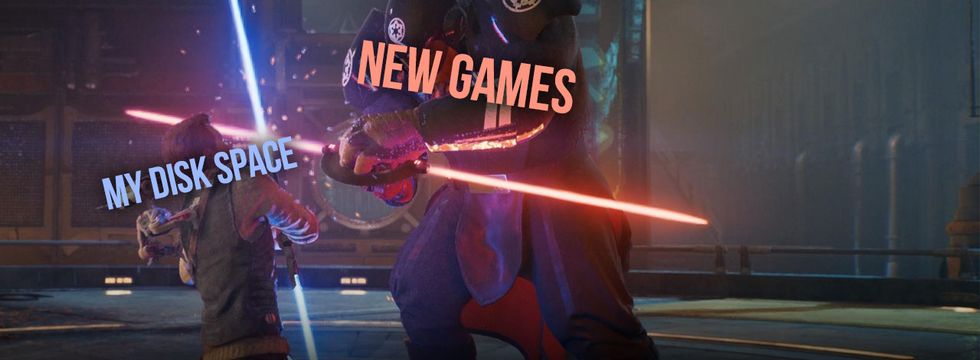author: Mateusz Lugowik
Why Are Video Games So Big? What's Inside the 100 GB?
New games require increasingly large disk space. Is this a sign of progress, or laziness on the part of developers? Why did games swell so much in the last years?
You don't need a cutting-edge graphics card and processor to play brand new games, especially if you don't care about high frame rates and/or maxed out settings. What you can't get around, however, is a considerable amount of disk space. Values of 100GB+ are slowly becoming the standard for major productions, as we can see in the list of games with above-average size. What's the reason these productions require so much space?
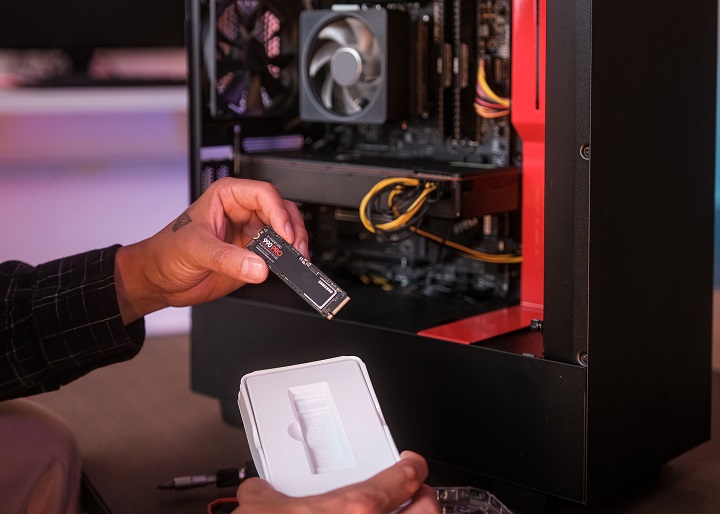
If you think that the increasing size of games is a design choice meant to save time and money, we can correct this misconception today. Large game size is a sign of progress. Before answering the "why," we ought to check what exactly makes up the final size of a video game.
What takes up the most space?
By far the most space is taken by graphic assets, i.e. objects in the game world, character models and animations, environmental assets such as clouds, water and, above all, the textures. Their size often exceeds the space reserved for the rest of the components. As one employee of The Farm 51 explained to us, games with photorealistic 3D graphics are consisting of about 60-70% of only textures in terms of disk space they take. Bitmaps have increasingly high resolution, which means they contain more details and look better. This is essential, as almost all objects that we can see in a game are covered with textures. Bitmaps, therefore, have a significant impact on the final appeal of the graphic design.
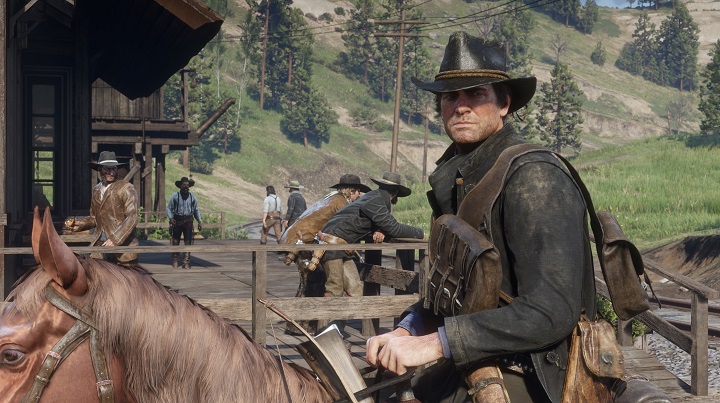
The final size of textures is affected not only by their detail, but also by the number and quality of 3D objects. Usually, the highest number of textures is found in open-world games or titles with limited, but still sizable locations – or at least it would seem that way. In fact, sandboxes focus on memory optimization and the speed of loading (streaming) of individual locations. Therefore, productions with large areas to explore often have to economize in the number of unique objects compared to games with multiple separate locations. A relatively small space can also accommodate a large number of objects. Our friend from The Farm 51 rightfully pointed out that Call of Duty: Cold War isn't an open-world game, and yet it requires more than 200 GB of space. The production was a demonstration of the capabilities of the new engine and the precision of graphics on next-gen platforms, which meant that almost every location got its own, unique, very detailed models and textures, and thus the game become significantly bigger.
To realize how much space bitmaps alone take up, it's enough to check the size of so-called HD texture packs. Even though Fallout 4 is neither the latest nor the most visually advanced game, its texture pack still occupies a hefty 58 GB of space. A single 4K (4096 x 4096) bitmap can take up about 70 MB, and an 8K (8192 x 8192) over 250 MB. Textures with increasing detail require not only a significant amount of storage space but also an increasing VRAM capacity on the GPU. We have recently noted this trend.
High-quality textures take up the most space on the disk, that's clear. However, we should remember that in games, we almost always have different graphics settings to choose from, such as low, high, ultra, etc. This typically means that the developers have prepared multiple bitmap variants, which further, and significantly, increases the overall size. Less detailed versions are created through increased compression, or rescaling, of the "source" textures, i.e. those of the highest resolution. Another solution for displaying textures of different quality is the technique of scaling them in real-time.
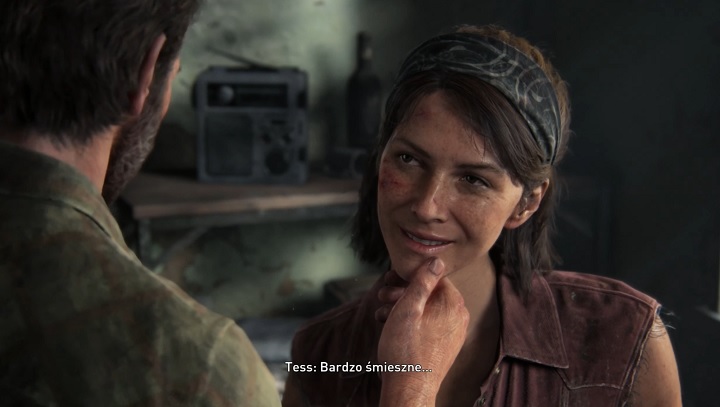
The remaining elements take up much less space, but when combined, they still require gigabytes of storage. In new games, higher quality is evident not only in graphics, but also in sounds. Additionally, there are often fully-voiced dialogues available in multiple language versions. Furthermore, your game folders can also contain files and code used by different platforms, as well as content that's potentially blocked in the release version of the game.
The list doesn't end there. Next come the cut-scenes and videos. If a game is filled with numerous pre-rendered cutscenes, our computer or console's disk will have to support that.
Why are games growing in size?
With this knowledge, the answer to this question is quite simple. In essence, it comes down to the fact that games have better visuals, are more complex, and offer high-quality sound, so they naturally require more space. Let's go into the details though.
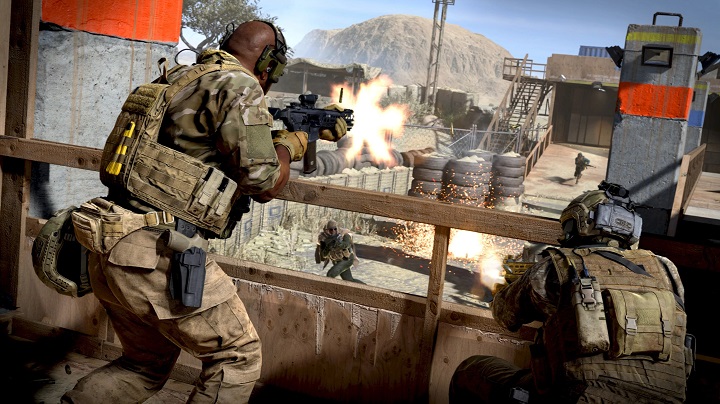
The growing importance of new productions mainly results from more detailed textures. In titles of over 100 GB of size, textures are used to represent not only key objects, including characters, but also less important elements. However, in such titles, you can also find bitmaps that stand out in terms of quality. Easy access to inexpensive SSD drives, along with increasing VRAM capacity, especially on AMD Radeon graphics cards (NVIDIA is still stingy with VRAM, except for top models), enables developers to introduce even more bells and whistles, which would have been unimaginable just a few years ago. Limitations still exist, though.
If in an exceptionally extensive production (with an open world, for example) literally every object would have 4K, 8K, or 16K textures, games would take up even more space – up to several hundred gigabytes. We just aren't ready for this.
The quality of textures depends not only on their resolution. Another important issue is the compression and decompression process that optimizes the size of texture files. Everything starts with analyzing the texture and dividing it into smaller chunks of equal size. Next, the colors in each of these chunks are reduced to a lower value. This process of quantization, as it is known, enables devs to reduce the number of bits required to represent each chunk. The next step is encoding blocks using a compression algorithm. There are many solutions that differentiate colors, introduce interpolation, or continuous wavelet transform. All of these procedures have one job: obtaining the highest possible degree of compression while maintaining the best image quality. Compressed data is saved in one of several formats, such as DXT, ETC, or ASTC.
The compressed textures must then be decompressed. Everything starts with loading a file. Next, the decompression algorithm is triggered, which includes reversing of quantization, interpolation, and other processes that took place during compression. Decoded data is then reconverted into the original texture's spatial arrangement. Depending on the format used, decompression introduces certain approximations that to some extent can negatively impact the quality. Decompressed textures are loaded into the GPU memory and used to render three-dimensional objects in the game.
To maintain a high level of visual fidelity, the compression level must be reduced or a more precise decompression algorithm needs to be introduced, thus increasing the file size. It currently isn't possible to use textures in lossless formats (although there are engines that enable this) due to limitations in memory and bandwidth. However, when it comes to normal maps, the use of compression techniques that provide higher quality is considered and probably already being used, albeit resulting even larger file sizes.

Normal maps are a technique used in three-dimensional graphics. It simulates details and textures on the surface of various objects. It's used as a substitute for resource-intensive increases in the amount of geometry and vertex count in the 3D model. In short, normal maps allow you to add visual detail with less strain on your system.
Why, despite all those compression methods, do games still take up 100 GB of space or even more? The problem lies not in the inefficient compression tools. Our friend from The Farm 51 commented on this topic:
As far as I know, all the teams that design graphic engines are fighting for the best possible texture compression. They're also seeking savings both in terms of technology and graphics development itself, using various tools and tricks. The main point is that gamers want to play increasingly sophisticated games on 4K monitors without any pixelation. They also desire PBR shaders (physically-based rendering) and ray tracing, which enhance texture resolution and apply multiple layers of materials to models. Each of these layers may rely on additional textures. In Painkiller, it was enough to add a single 1024x1024 color texture to a character, and it was considered "next level" of graphics – at a cost of less than a megabyte (sic). However, nowadays, a single role-playing character can be covered with seven layers of 4096x4096 textures, resulting in a file size of several hundred megabytes.
Star Wars Jedi: Fallen Order is the game that has encouraged us to look more closely into the increasing file sizes of games. Why does it need up to 155 GB of disk space? Both the developers and the publisher didn't provide official reasons. However, people who have had the opportunity to play the game described the world as "almost too big." Such vast space requires the use of a large number of different objects. And since they were textured with high-resolution bitmaps, the final game size probably couldn't have been much smaller. However, we can't say that for sure. On the internet, we can indeed find unconfirmed rumors about alleged compression issues.
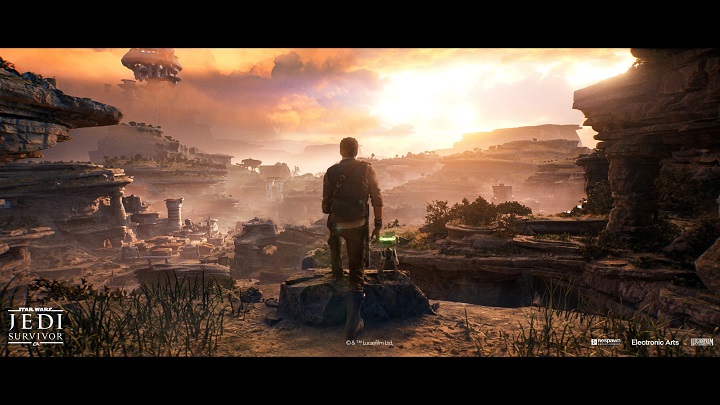
Star Wars Jedi: Survivor is a great example of how just much space high-quality graphics require. Let's compare the required disk space on the Xbox Series X console, where games look just as good, or only slightly worse, than on a PC, with the requirements for the Xbox Series S: owners of the more efficient machine need about 140 GB of free space, while users of the S version, mainly adapted for 1080p gaming, only need 44 GB! The reason for nearly 100 GB of difference is that assets were prepared in 4K resolution for the more powerful console, whereas Xbox Series S supports a maximum resolution of 1440p.
How to explain the still smaller size of Survivor on Xbox Series X (about 140 GB) and PlayStation 5 (about 147 GB) than on PC? In new generation consoles, decompression is done by the hardware. However, for this purpose, the consoles don't use a graphical system, but rather a specially designed module services this task exclusively. This effectively relieves the GPU and CPU. The units dedicated entirely to decompression (Kraken technology on PS5 and one of the components of Xbox Velocity Architecture in Xbox Series X) of textures (and not only) allow for faster loading times, reduced memory usage (on consoles, it's constant for a given platform according to our Farm 51 consultant) and generally offer better performance, including faster and smoother transitions between scenes. Hardware solutions may also be the cause behind the smaller production size. Modules support more advanced compression formats, which result in a smaller file size for textures and other data.
Is the increasing size of games a big problem?
The increasing amount of data that needs to be stored on a disk can introduce a lot of inconvenience in a gamer's life, but it's not the end of the world. Upgrading the disk isn't overly complicated, both on PC and consoles. In most cases, the entire procedure only takes a few minutes, even for less experienced users. What remains is the matter of price.

Disks, including super-fast SSDs, are currently exceptionally cheap (this also applies to RAM memory) after a period of highly inflated prices that begun due to the Covid19 pandemic. A Lexar 1 TB NM800 Pro M.2 with a PCIe 4.0 x 4 interface costs under 90 dollars and offers quite whopping transfers of 7,500 MB/s reading and 6,300 Mb/s writing speed. This is an excellent choice if your platform supports the M2 disks. For more comfortable gaming, the significantly cheaper Lexar 1TB NM620 (PCIe 3.0, 3300/3000 MB/s), going for about 80 dollars, or its successor, the Lexar 1TB NM710 (PCIe 4.0, 5000/4500 MB/s) at about 50 dollars will be completely enough. The purchase of a 2 TB variant is a much more noticeable expense – prices are already exceeding 100 dollars.
A HEAVY STONE
One raw photogrammetry scan of a small pebble is one gigabyte in size. The preprocessed version (namely the texture model) for importing into the game takes approximately 100 megabytes of space without compression. In the game, through various engine optimization processes, the same stone ends up taking less than one megabyte of space. Hence, giving up on compression is currently not feasible. One of the developers from The Farm 51 gave us this interesting detail.
Nevertheless, it will be cheaper to buy a large disk than 16GB of RAM or more. The developers are aware of that fact, including those from The Farm 51 studio. In their chat with us, they confirm being more focused on data compression in memory during gameplay, than on disk data compression. This is mainly because hard drives are cheaper than RAM, and players tend to care more about smooth gameplay than the space consumed by the game on their drive. Sometimes, additional data structures are specifically stored on the disk to aid in the smoother reading or rendering of game content, or to save RAM during certain moments of gameplay.
Will there come a revolutionary solution in the future that significantly reduces the size of games? We asked this question to an employee of The Farm 51. This was the answer:
I don't expect a return to the times when games took up so little space. Not because there won't be increasingly better solutions for data compression, but due to growing expectations regarding quality and higher resolutions. Revolutionary solutions have already emerged. Unreal Engine 5 is an incredible tool for data compression, although the solutions it employs aren't designed to reduce the size of existing games. Rather, they aim to elevate their quality to unparalleled levels. However, to make things less pessimistic, it appears that in the near future, developers and publishers will pay more attention to the game's size than before. This shift is happening because more productions now require SSD drives for smooth operation. Additionally, the current global situation has led to SSDs still being relatively pricey.
